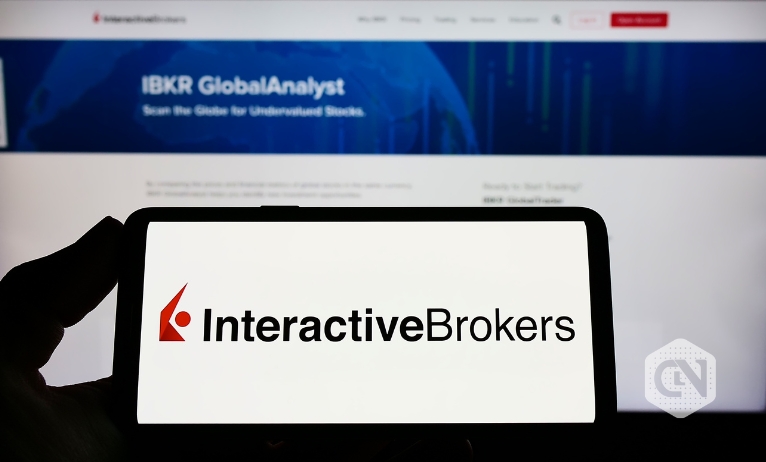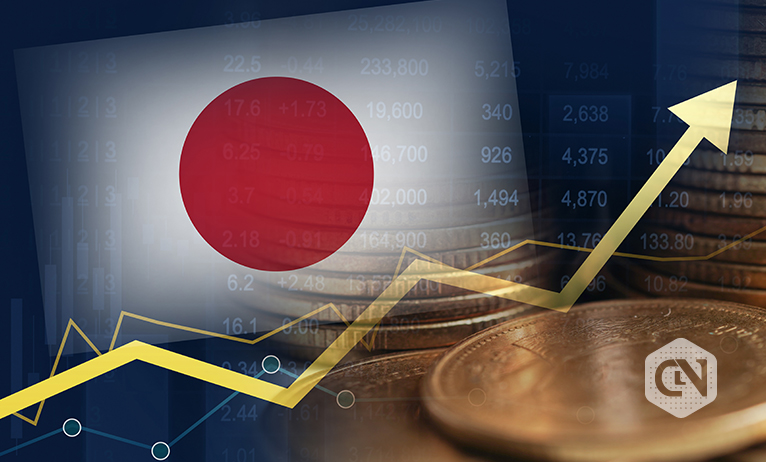Inflation has been a major headline for the past few months. With the February inflation report coming, the pattern is set to continue. Analysts have predicted another surge in inflation data that concerns businesses and consumers alike. A rise in inflation means deflated purchasing power, pushing consumers to invest in routine necessities.
On the other hand, businesses can encounter a hike in operating costs, limiting their profit margins. However, it is not all bad news, as a contradictory tendency also surfaces during the inflation concerns.
Experts have pointed out that the inflation rate, a metric that measures average price changes, is decreasing. It gives birth to deflation, a limited dip in the overall price level. Even then, it is important to understand that a dropping inflation rate does not always mean lower consumer prices.
Factors like supply chain disruption and price stickiness can harm businesses, leading to hesitancy in lowering prices. This uncertainty can also affect other industries, as has already been witnessed in the market.
Given the anticipation of the US inflation report, oil prices are rolling higher with an uptick in equities. The counterintuitive reaction is explainable via investor sentiment. Some investors perceive inflation as a sign of a strong economy, resulting in an increased demand for goods.
Advertisement
Although oil prices have risen this year, they have been subject to both bullish and bearish tendencies. Increased output from outside the group has counterbalanced OPEC+ supply reductions, while concerns regarding Chinese demand continue to endure. The International Energy Agency is scheduled to release their market snapshot later this week.
A positive reaction from the stock market can also mean that the inflation data can steer the Fed to delay increasing interest rates.
Navigating the Maze of Inflation
Central banks tend to face challenges while addressing inflation. Their go-to resort is increasing interest rates, but doing it aggressively can restrict economic circulation.
Another way to address it is by keeping interest rates low to fuel inflation. This act requires meticulous adjustments that leverage the incoming data.
Consumers can employ cost-saving policies like budgeting, delaying non-essential purchases, or looking for cheaper alternatives.
On the other hand, businesses can look for an approach that increases efficiency, adjusts pricing structures, and negotiates with suppliers.
In Conclusion: Will Inflation Be a Constant Threat?
Advertisement
Inflationary trends in the future months are difficult to predict. The outcome is contingent upon the resolution of supply chain disruptions, the implementation of central bank policies, and the configuration of global economic conditions.
Market volatility and ongoing inflation are characteristics of the short term, but long-term estimates are hazy. Careful monitoring of economic data, adjustments from businesses, and adaptations to consumer spending habits will be pivotal in sailing the inflation storm.







